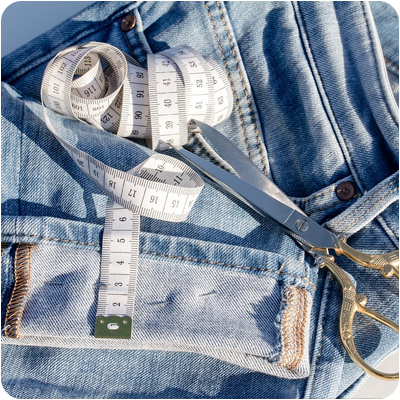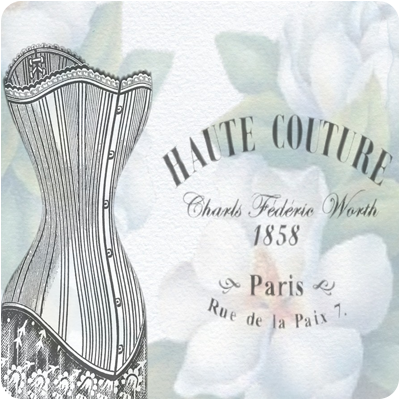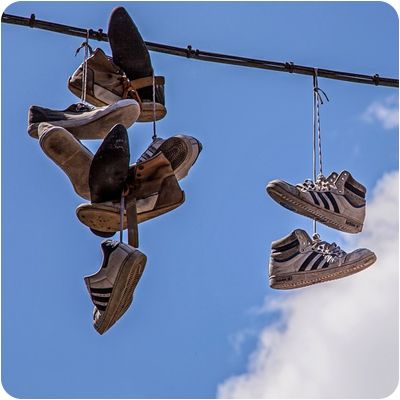Het arrangement 12.4 A dedicated follower of fashion - b34 is gemaakt met Wikiwijs van Kennisnet. Wikiwijs is hét onderwijsplatform waar je leermiddelen zoekt, maakt en deelt.
- Auteur
- Laatst gewijzigd
- 2025-05-11 16:30:17
- Licentie
-
Dit lesmateriaal is gepubliceerd onder de Creative Commons Naamsvermelding-GelijkDelen 4.0 Internationale licentie. Dit houdt in dat je onder de voorwaarde van naamsvermelding en publicatie onder dezelfde licentie vrij bent om:
- het werk te delen - te kopiëren, te verspreiden en door te geven via elk medium of bestandsformaat
- het werk te bewerken - te remixen, te veranderen en afgeleide werken te maken
- voor alle doeleinden, inclusief commerciële doeleinden.
Meer informatie over de CC Naamsvermelding-GelijkDelen 4.0 Internationale licentie.
Aanvullende informatie over dit lesmateriaal
Van dit lesmateriaal is de volgende aanvullende informatie beschikbaar:
- Toelichting
- Deze les valt onder de arrangeerbare leerlijn van de Stercollecties voor Engels voor vmbo beroepsgerichte leerweg, leerjaar 3 en 4. Dit is thema 12 'Fashion'. Het onderwerp van deze les is: A dedicated follower of fashion. In deze les staat kleding die in de mode is centraal, waarbij er gesproken wordt over productie en aankoop van spijkerbroeken, mode slachtoffers en gevaarlijke modetrends. De onregelmatige werkwoorden in deze les zijn: to show, to sing en to sit. In de grammaticaopdracht worden de bijvoeglijke naamwoorden en bijwoorden behandeld.
- Leerniveau
- VMBO basisberoepsgerichte leerweg, 4; VMBO basisberoepsgerichte leerweg, 3;
- Leerinhoud en doelen
- Engels;
- Eindgebruiker
- leerling/student
- Moeilijkheidsgraad
- gemiddeld
- Studiebelasting
- 1 uur 40 minuten
- Trefwoorden
- a dedicated follower of fashion, arrangeerbaar, b34, bijvoeglijke naamwoorden en bijwoorden, engels, gevaarlijke modetrends, spijkerbroeken, stercollectie
Gebruikte Wikiwijs Arrangementen
VO-content Engels. (2020).
12.4 A dedicated follower of fashion - kgt34
https://maken.wikiwijs.nl/161302/12_4_A_dedicated_follower_of_fashion___kgt34














